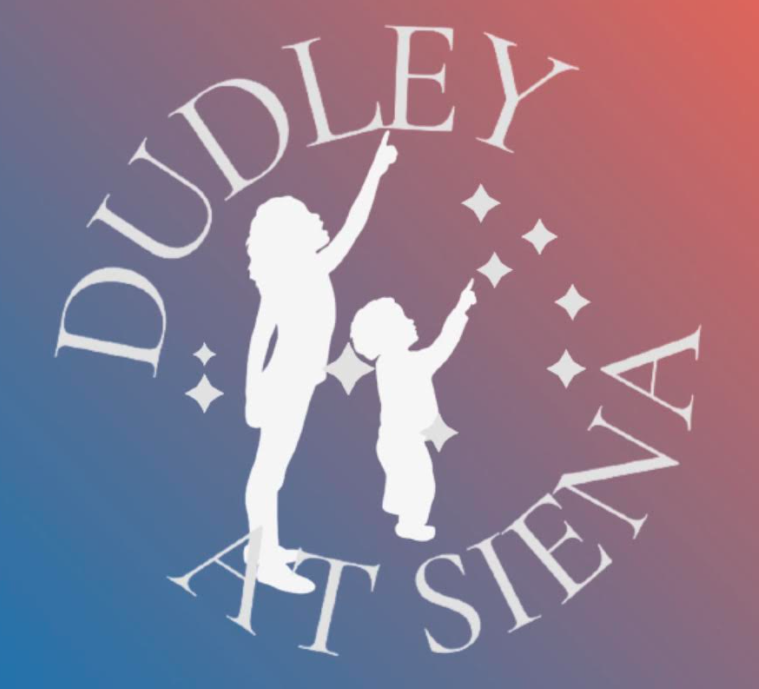Skywatch Line for Friday, August 22, through Sunday, August 24, written by Sam Salem
This is Dudley Observatory’s Skywatch Line for Friday, August 22, through Sunday, August 24, written by Sam Salem.
On Friday, Sun rises at 6:10am and sets at 7:46pm; Moon rises at 5:13am and sets at 7:42pm.
The new Moon occurs at 2:07am on Saturday. Some people call this Moon a Black Moon as it’s the third new Moon in a season of four new moons. A Black Moon is not an official astronomical term. The two common definitions for this term are according to time and date. A new Moon is considered a Black Moon if it’s the second new Moon in a single calendar month, or if it’s the third new Moon in a season of four new moons.
In the last weeks of August, Mercury, Venus, Jupiter, and Saturn can be viewed in the early morning sky. You can catch Venus and Jupiter before dawn. Mercury might be visible in the morning twilight. Saturn is visible most the night. The planets all lie along the ecliptic, the path the Sun travels in the daytime.
Mercury reached its greatest elongation, its farthest distance from the Sun in the morning sky, on August 19. Mercury lies low in the east before dawn, at magnitude –0.6 on Saturday, below the two bright planets Venus and Jupiter. Look for it low in the east-northeast in early twilight.
Venus and Jupiter, both in the constellation of Gemini, shine in the east before and during dawn. They’re the two brightest planets, currently magnitudes –3.9 and –2.0 respectively. Venus and Jupiter went through their conjunction on the August 12th, just under 1° apart. On Saturday morning they will be 11° apart, with Jupiter on top. The two planets point down to Mercury. Venus and Jupiter are about at their farthest from Earth, so they’re not much in a telescope.
Mars is also about at its farthest from Earth. Mars, magnitude 1.6 in western constellation of Virgo, sits very low in the west during evening twilight. Use binoculars to help you locate the planet. Mars sets at twilight’s end. Brighter, whiter, twinkly star Spica sits to Mars’ upper left. Mars and Spica are 14° apart on Friday.
Saturn, magnitude +0.7 in the constellation of Pisces, rises due east around the end of twilight. It sits lower right of the Great Square of Pegasus. The Square now stands on one corner. The Square’s lower left side points diagonally down almost straight to Saturn.
Uranus, magnitude 5.7 in the constellation of Taurus near the Pleiades, rises around midnight very high in the east before the beginning of dawn.
Neptune, at magnitude 7.8, sits a little more than 1° from Saturn. Use the finder chart to help you locate Neptune with respect to Saturn.
The Great Square of Pegasus emerges up in the east, balancing on one corner. Saturn glows down to its lower right. Square stars are only 2nd and 3rd magnitude. From the
Square’s left corner, the backbone of the constellation Andromeda extends to the lower left. See the three stars in a slightly curving line, including the corner. They are about as bright as those forming the Square.
